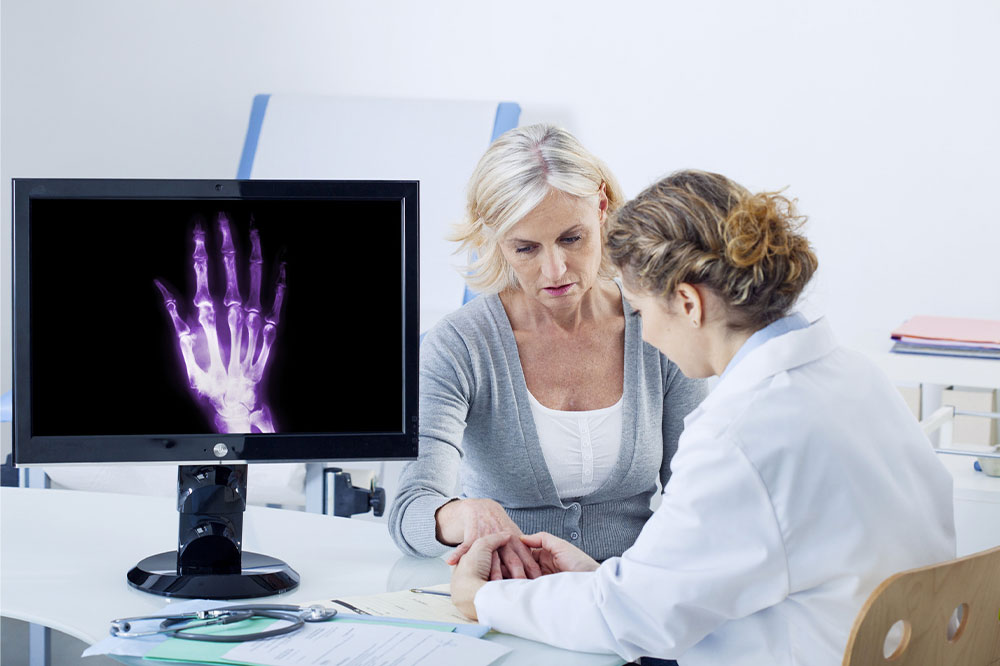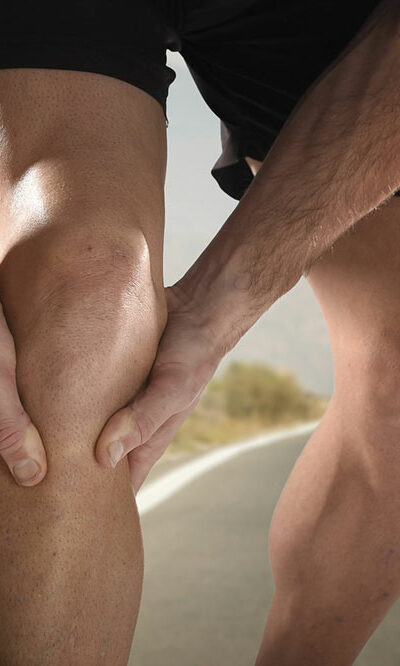Arthritis – Types and early warning signs

Arthritis is a term commonly used to describe a group of conditions that affect one’s joints. The bones are cushioned with cartilage, a slippery material that absorbs shocks and enables smooth movement. Arthritis develops when this cartilage wears down due to age or injury and does not function properly, leading to joint inflammation, pain, and stiffness. Here are the types and early warning signs of arthritis that one should be aware of.
Types of arthritis
The most common types of the condition include:
- Osteoarthritis
It is a type of arthritis that affects the hips, knees, lower back, and other large joints that bear the most body pressure. - Rheumatoid arthritis
Rheumatoid arthritis is an autoimmune condition where the immune system mistakenly attacks the joints. It attacks the smaller joints first, including the fingers and toes, and gradually the whole body, making it systemic. - Psoriatic arthritis
Another autoimmune condition, psoriatic arthritis primarily affects those with psoriasis, characterized by skin inflammation and patchy or scaly skin. Psoriasis commonly affects the tips of the elbows and knees, the navel, and the skin around one’s genitalia. - Gout
This is a relatively rare type of arthritis that develops when the kidneys cannot process excess uric acid, which accumulates in one’s joints. Gout mainly affects the big toe and other parts of the foot.
Early signs of arthritis
Being a progressive disease, arthritis develops slowly over time, so it is easy to ignore the symptoms. Here are the early arthritis signs that should prompt one to consult a doctor:
- Inflammation and tenderness
This is the most common sign of arthritis. Patients may experience swelling or tenderness in their joints, especially when the affected area is touched or pressed. The inflammation usually occurs when the lubricating fluids build up in one’s joints and restrict movement. - Joint pain
Arthritis may initially develop in smaller joints like the ankles, knees, wrists, fingers, or toes and cause gradual or intense pain in these areas. Any physical activity like walking or gardening may trigger the pain. - Groin pain
Some may experience pain in their groin, especially when the arthritis has affected their hip, thighs, or buttocks. - Stiffness and difficulty moving
These are the most common signs of osteoarthritis. One may find that their movements are restricted, especially in the morning, and that their joints feel stiff and tender after sitting for a long time. - Rashes
Psoriatic arthritis patients may experience pain, redness, and rashes on the skin. They may also see changes in the nails and swelling of the toe or finger that closely resembles a sausage. - Eye dryness
Eye inflammation or dry eyes may be a sign of rheumatoid arthritis. - Lumps on the skin
Lumps, called nodules, commonly affect those with rheumatoid arthritis. The lumps can be seen on the joints that bear the most pressure, like the elbows and heels.
Age is the most prevalent risk factor of arthritis, but gender, a family history, a lack of exercise, and certain autoimmune disorders may also contribute to its development. If one experiences any of the above-mentioned warning signs, they should consult a healthcare professional to find out the cause.







